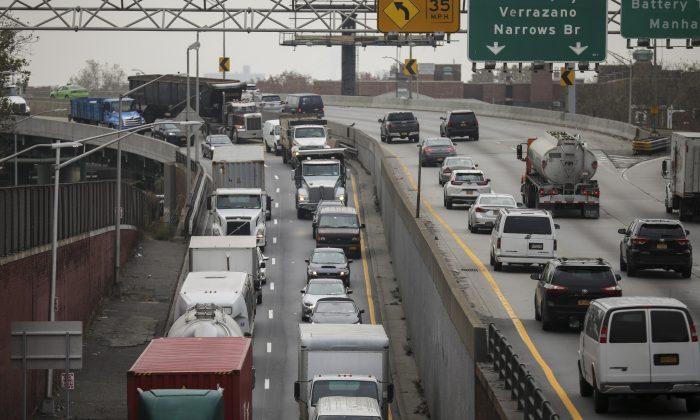Americans are finally feeling the oil price dive in their wallets as gasoline prices inched down in November, just in time for Thanksgiving travel.
How Did It Happen?
For some half a year, gas prices stayed above $2.80 a gallon, as the oil market braced for an increasing demand from a growing world economy and export cuts from Iran, where U.S. sanctions were to hit the energy and other sectors.But much has changed since October. Saudi Arabia, Russia, and the United States bolstered production, Trump gave sanction waivers to Iran’s biggest oil importers, and, as it turned out, it’s mainly the United States that’s doing well among other major economies—the rest of the globe may not be looking for that much more oil after all.
“The market is pricing in an economic slowdown—they are anticipating that the Chinese trade talks are not going to go well,” said Phil Flynn, an analyst at Price Futures Group in Chicago, referring to expected talks next week between Trump and his Chinese counterpart Xi Jinping at the G20 summit in Buenos Aires.
The Saudis, heavily dependent on oil exports, have already voiced intention to cut their output. Broader cuts are expected to be discussed at the Saudi-led Organization of the Petroleum Exporting Countries meeting in Vienna on Dec. 6. It’s not clear whether that will be enough to stop the price slump.
Too Low?
Too low an oil price could hurt the American energy industry, but the world’s top oil companies, including Exxon Mobil, Royal Dutch Shell, and BP, have learned from the extremely low prices in 2015 and 2016, when the Brent Crude dropped as low as $29 a barrel.The companies are now able to generate profit from prices of around $50 a barrel, and have vowed to remain disciplined in spending even when the outlook for oil prices looked stronger.
“The cashflow improvements coming from the energy sector generally are still quite good,” said Caroline Simmons, the deputy head of UBS Wealth Management’s UK investment office.
The companies, however, don’t like price volatility.
“What they want is stability in the oil price to be able to make decisions about future investment. It doesn’t even matter about the level, they just need stability,” she said.
BP is planning its long-term investments based on an average oil price of $50 to $65 a barrel, its Chief Executive Bob Dudley said in October.






Friends Read Free